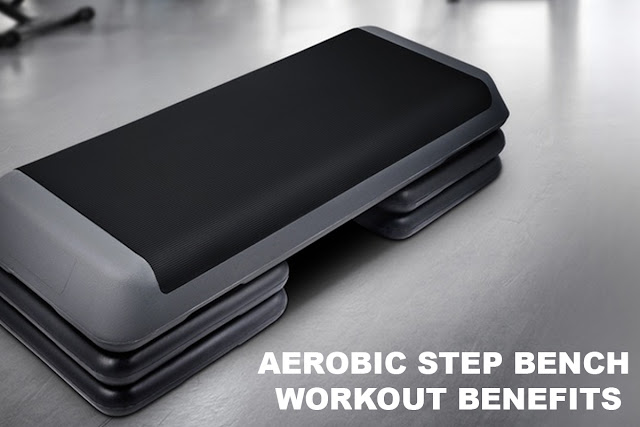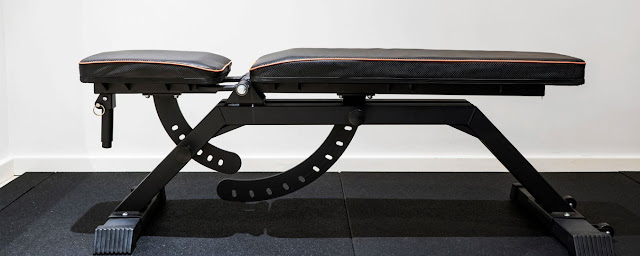How to Buy a Barbell: How to Pick the Right Weight Lifting Bar
This Barbell Buying Guide aims to assist you in selecting the finest barbell for you and your requirements.
Curl bars are required for various lifting techniques, including Olympic barbell, powerlifting, Strongman, CrossFit, and regular gym usage.
Let us guide you in the correct direction so you can choose the best Curl bar for you.
This Barbell Buying Guide will Cover the Following Topics:
• The distinctions among men's, women's, and juvenile bars.
• Consider these features while purchasing a barbell.
• The distinctions between Olympic, powerlifting, and general-purpose bars; and some commonly asked questions to assist you with making your decision.
Men's, Women's, and Youth Weight Lifting Bars: What's the Difference? These are Olympic competition criteria. A 20kg men's bar is the most frequent bar you'll find in gyms. Most manufacturers, however, will also make a 15kg bar for women, and some may even make a youth bar.
When purchasing a barbell, There are a Few Things to Keep In Mind
The Bar's Whip
The word "whip" refers to the ends of the bar bouncing after a repetition or a lifting phase. The lifter will remain motionless, while the bar's ends will move.
This is something that experienced lifters may utilize during specific transitions in their lifts. They may, for example, bounce the Curl bar off their chest between the clean and jerk and push the bar up utilizing the momentum of the bend coming upward into the jerk position.
The diameter of the bar and the material from which it is manufactured are the two most important variables in determining the quantity of whip.
The thickness of the plates also influences the user's ability to create a whip. Bumper plates, for example, which distribute the load over the bar's collar, cause the bar to behave quite differently from calibrated weight plates, which take up less collar space.
Sleeves for Barbell
The Curl bar's sleeves are the component that determines how many spins the bar will have. Spin will be possible thanks to the usage of bearings or bushings.
Between the shaft and the sleeve are bushings. They have a low friction coefficient and are often constructed of brass to guarantee extended life.
Bearings provide a smoother, quicker, and quieter spin. They're often constructed of high-quality tiny needles or metal balls that spin around within the sleeve.
Bushings in the barbell's sleeves are used in most powerlifting and general-purpose bars. Olympic weight lifting bars with bearings are generally more costly and high-end.
Strength of the Barbell
The yield strength and tensile strength of a barbell may be calculated using two measures.
The amount of weight required to bend and distort the bar permanently is known as yield strength. By simply adding weight to either end of the barbell, the yield strength is evaluated statically.
As previously said, depending on the discipline and workout, some whip (elastic deformation) may be beneficial for various reasons.
The barbell's tensile strength is its breaking point. The unit of measurement is pounds per square inch (PSI). Higher-end manufacturers often produce weight lifting bars with a PSI rating of 190,000 or 215,000. Some of our most recent Olympic barbells are extremely robust, with tensile strengths surpassing the industry norm of 216,200 PSI.
Capacity of Load
The length of the sleeve (typical for most IPF or IWF certified bars) determines the load, which may be longer on Curl bars made for specialized powerlifting federations.
The breadth of the plate is the most important determinant of load capacity. Cast iron gym plates and Olympic barbells, for example, are considerably thinner than competition powerlifting weight plates. This is because powerlifting disciplines handle considerably heavier loads, allowing you to stack them closer together for additional weight.
The Olympic barbell has a lower load requirement. Because the total load potential is lower (under 270 kg for Clean and Jerk), the barbells must be broader and built to absorb stress when the plates are lowered from above. These also aid in the protection of the barbell.
Finish with the Sleeves and Bar
A barbell's finish serves a variety of functions. It improves the "feel" of the bar in the hands, helps (or hinders) grip, and may help prevent corrosion.
Bare steel bars provide a comfortable grip and a natural feel. However, exposed steel is more prone to rusting, necessitating more frequent maintenance. This barbell maintenance guide was created to assist you in taking care of your bars in the long run.
Treadmill offers greater oxidation protection than bare steel and needs less maintenance than bare steel.
What Kinds of Barbells Are There?
Let's take a deeper look at the various kinds of barbells now that you know what to look for when buying a weight lifting bar.
Bars for Olympic Weightlifting
Olympic barbells are designed to snatch and clean and jerk, two of the most popular Olympic exercises.
They are typically a millimeter smaller in diameter, but only by a millimeter. This, however, has an impact on your grip strength.
The knurling on the Olympic barbell is less severe than on other weight lifting bars. When the bar rotates in your hand during the catch stages of the lifts, there should be enough to give a solid grip, but not so much that it tears your hands apart.
For the snatch lift, knurling is spaced farther apart than a power bar, which is spaced closer together for the bench press.
Collars that spin are also required for Olympic bars. During the draw and catch phases of an Olympic lift (snatch and clean) or the dip and drive (jerk or push press), the spin on the bar deadens the rotational force of the barbell, decreasing the pressure on your wrists and shoulders.
Olympic bars also need greater flexibility and bend. As previously stated, this "whip" (stored elastic energy) may assist you in avoiding needless injury to your collarbones during the early draw and catch phases of the lift.
IWF-accredited bars are generally regarded as the finest on the market (with the most precise tolerances in proportion to the bar's weight). Only these bars are sanctioned for use in international competitions. View a list of IWF-accredited bars.
Visit Treadmill Offers to buy the barbell of your choice at a low price with a simple payment option (Buy Now Pay Later).








Comments
Post a Comment